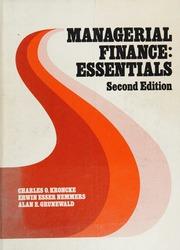Attempts: Keep the Highest: 0/5 5. The cost of retained earnings Aa Aa E If a firm cannot invest retained earnings to earn a rate of retum return on retained earnings, it should return those funds to its stockholders. the required rate of The cost of equity using the CAPM approach The current risk free rate of return (rar) is 4.67%, while the market risk premium is 6.17%, the Burris Company has a beta of 0.78. Using the Capital Asset Pricing Model (CAPM) approach, Burris's cost of equity is The cost of equity using the bond yield plus risk premium approach The Adams Company is closely held and, therefore, cannot generate reliable inputs with which to use the CAPM method for estimating a company's cost of internal equity. Adams's bonds yield 10.28%, and the firm's analysts estimate that the firm's risk premium on its stock over its bonds is 3.55%. Based on the bond-yield-plus-risk-premium approach, Adams's cost of internal equity is: O 13.83% O 16.60% O 17.29% O 15.21% The cost of equity using the discounted cashflow (or dividend growth) approach 6 7 8 VERTYUI 5. The cost of retained earnings Aa Aa the required rate of If a firm cannot invest retained earnings to earn a rate of return return on retained earnings, it should return those funds to its st greater than or equal to less than The cost of equity using the CAPM approach The current risk-free rate of return (TP) is 4.67%, while the market risk premium is 6.17%. the Burris Company has a beta of 0.78. Using the Capital Asset Pricing Model (CAPM) approach, Burris's cost of equity is The cost of equity using the bond yield plus risk premium approach The Adams Company is closely held and, therefore, cannot generate reliable inputs with which to use the CAPM method for estimating a company's cost of internal equity. Adams's bonds yield 10.28%, and the firm's analysts estimate that the firm's risk premium on its stock over its bonds is 3.55%. Based on the bond-yield-plus-risk.premium approach, Adams's cost of internal equity is: O 13.83% O 16.60% O 17.29% O 15.21% The cost of equity using the discounted cashflow (or dividend growth) approach 6 7








